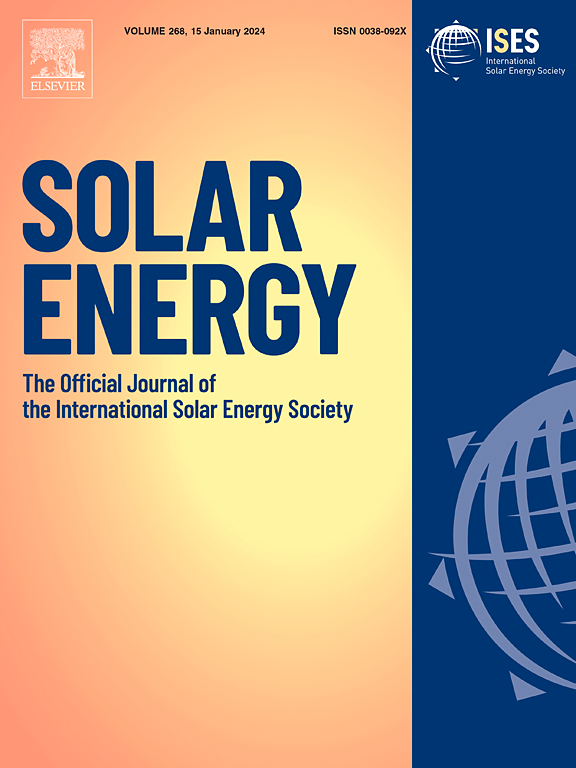吸附式大气集水的材料特性和选择标准:概述
IF 6
2区 工程技术
Q2 ENERGY & FUELS
引用次数: 0
摘要
如今,大气集水(AWH)因其解决水资源短缺问题的潜力而备受关注,尤其是在干旱地区。吸附材料是基于吸附技术的大气水收集技术的关键组成部分,吸附材料是一种多孔材料,其特点是表面积大,能够有效吸附大气中的水蒸气。在这篇综述文章中,我们对几种吸附材料进行了全面概述,重点介绍了它们的固有特性。主要深入讨论了传统吸附剂(硅胶和沸石)、吸湿盐、金属有机框架、水凝胶和复合吸附剂及其潜在应用。此外,还介绍了几种 AWH 系统。综述显示,在湿度较低的情况下使用沸石 13X 效果更好;但是,蒸汽释放会导致再生温度升高。此外,MOF-801-P 和 MOF-841 在材料吸附性、可回收性和水稳定性方面也表现出不俗的性能。此外,MCM-41 和 Basolite A300 也表现出卓越的体积吸收能力,尤其是在相对湿度较高的情况下。在相对湿度较高时,MIL-101(Cr)具有显著的吸附吸收能力。不过,据说 MIL-101(Cr)也可用于低相对湿度环境,方法是利用内部冷却组件改变其阶跃吸附能力。综述还指出了选择理想吸附剂的主要准则,强调了吸附能力、动力学、再生和气候条件对正确选择吸附剂以实现高效 AWH 应用的影响。本文章由计算机程序翻译,如有差异,请以英文原文为准。
Material characteristics and selection criteria for adsorption-based atmospheric water harvesting: An overview
Nowadays, atmospheric water harvesting (AWH) attracts great attention due to its potential to address water scarcity, especially in arid regions. A key component of adsorption-based atmospheric water harvesting is the adsorbent materials, which are porous materials characterized by high surface area and the ability to adsorb water vapor from the atmospheric air effectively. In this review article, a comprehensive overview of several adsorbent materials has been conducted, highlighting their inherent characteristics. Mainly, conventional adsorbents (silica gel and zeolite), hygroscopic salts, metal–organic frameworks, hydrogels, and composite adsorbents have been thoroughly discussed, along with their potential applications. Several AWH systems have also been presented. The review showed that the utilization of zeolite 13X under lower humidity levels is profoundly better; however, the vapor release entails elevated regeneration temperature. Moreover, MOF-801-P and MOF-841 showed appreciable performance based on material adsorption, recyclability, and water stability. Also, MCM-41 and Basolite A300 exhibited superior volumetric uptakes, notably at higher relative humidity (RH). MIL-101(Cr) has a remarkable adsorption uptake at high relative humidity. However, it is reported that MIL-101(Cr) could be used for low RH by shifting its step uptake using an internal cooling component. The review also indicated the main guidelines for selecting ideal adsorbents, highlighting the impacts of adsorption capacities, kinetics, regeneration, and climatic conditions on the proper selection of adsorbents for efficient AWH applications.
求助全文
通过发布文献求助,成功后即可免费获取论文全文。
去求助
来源期刊

Solar Energy
工程技术-能源与燃料
CiteScore
13.90
自引率
9.00%
发文量
0
审稿时长
47 days
期刊介绍:
Solar Energy welcomes manuscripts presenting information not previously published in journals on any aspect of solar energy research, development, application, measurement or policy. The term "solar energy" in this context includes the indirect uses such as wind energy and biomass
 求助内容:
求助内容: 应助结果提醒方式:
应助结果提醒方式:


